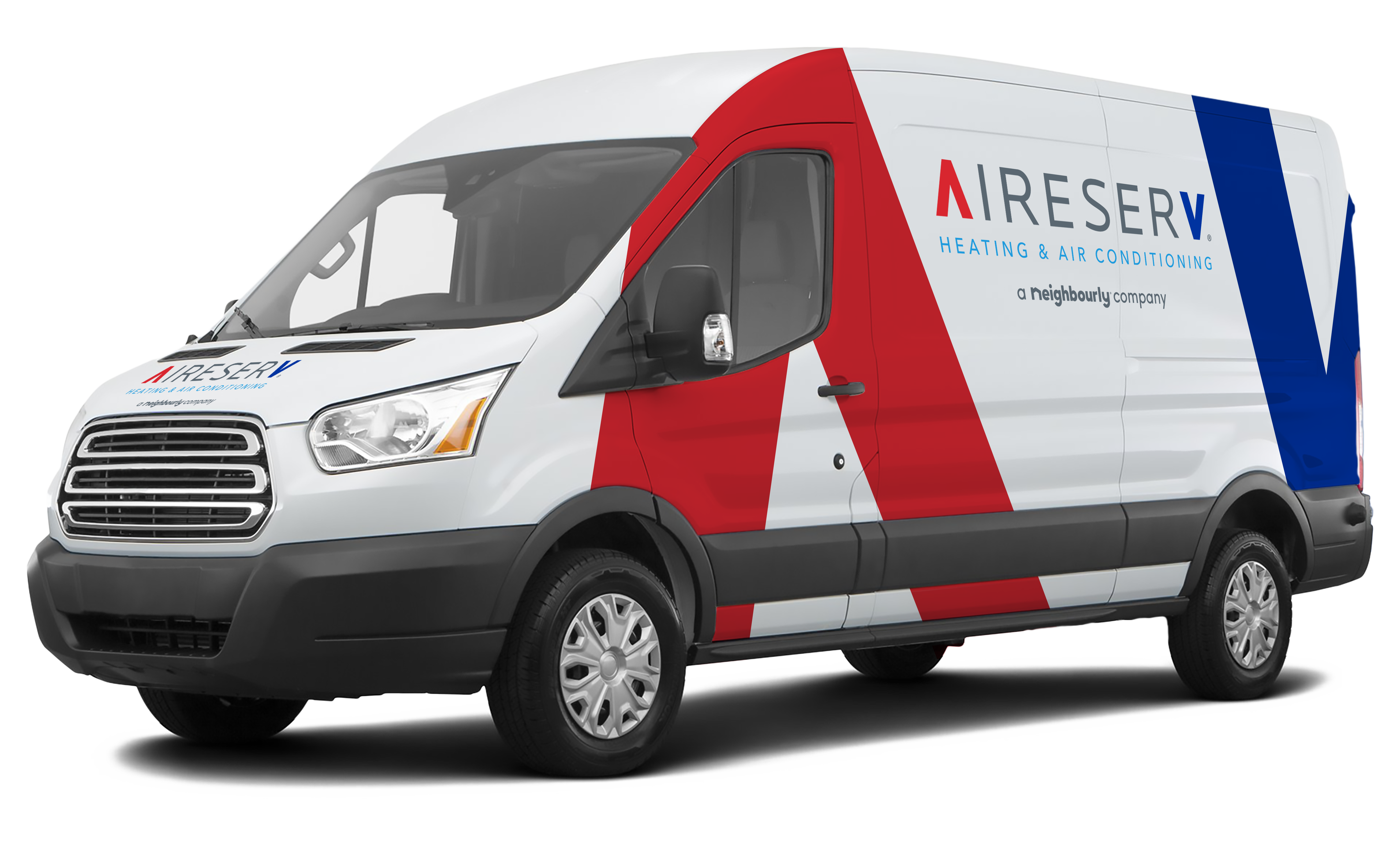
What's the ideal indoor temperature? In most cases, the ideal temperature indoors is one that is set somewhere between 20 and 23 degrees Celsius. But what is "ideal" for some may not be ideal for others. This is why the question about ideal indoor temperature has many answers, depending on the situation. For example, the ideal temperature may be different at night versus during the day, if your priority is to keep utility costs low, or to keep pets or babies comfortable. In this blog post, we will answer some of the most common questions about ideal indoor temperatures in different situations.
Frequently Asked Questions on Ideal Indoor Temperature
What is the Best Temperature to Keep Away the Cold?
As seasons and temperatures change, it's important to adjust your indoor temperature settings accordingly. For example, if you are trying to keep away the cold, you may want to set the temperature between 20 and 23 degrees Celsius. Generally speaking, this is the ideal winter indoor temperature range to keep from getting a chill.
What is the Best Temperature to Beat the Heat?
On the other hand, if you're trying to beat the heat, you'll want to set your indoor temperature a bit higher - somewhere between 23 and 26 degrees Celsius. When combined with a ceiling fan, this ideal summer indoor temperature setting can be very effective at keeping you comfortable as well as helping you save on your energy bills.
What Is the Best Temperature for My Baby?
If you have a baby in the house, the ideal indoor temperature depends on a few factors, such as the age of your child and whether or not they are sleeping. For infants under six months old, the ideal indoor temperature is between 20 and 23 degrees Celsius. For babies six months and older, the ideal indoor temperature is typically between 22 and 24 degrees Celsius. In most cases, warmer temperatures are not ideal for infants, so it's important not to overheat the nursery.
Related Topic: When to Use a Dehumidifier
What is the Best Temperature for My Pets?
If you have pets, their ideal indoor temperature will likely be different than yours. It will also depend on what type of pet you have. For example, many dogs and cats are comfortable at temperatures between 20 and 23 degrees Celsius. But long-haired animals and large breeds are often more comfortable in cooler temperatures, while puppies, older pets, and small animals may get cold easily. To keep your pets comfortable when you are not home, avoid setting your thermostat lower than 15 degrees Celsius or higher than 26 degrees Celsius.
What is the Best Temperature for Sleeping?
For most people, the ideal temperature for sleeping is typically between 15 and 19 degrees Celsius. This temperature range can help you sleep more soundly and feel more rested when you wake up. At the same time, however, it's important to keep in mind that children, the elderly, and people with compromised immune systems may have a harder time regulating their body temperature. For this reason, the ideal room temperature for elderly family members or the baby room may be higher or lower than the average.
What is the Best Temperature to Keep Bills Low?
The ideal indoor temperature for keeping utility bills low is typically between 21 and 23 degrees Celsius during the day and between 20 and 22 degrees Celsius at night. By setting your thermostat to these temperatures, you can save on your energy bills without sacrificing too much comfort. Of course, if you have a baby or pet, you may need to adjust the temperature accordingly to keep them comfortable. And in the event of extreme temperatures, you may need to set your thermostat even higher or lower to stay comfortable.
Next Up: Ideal Humidity Settings
When it comes to indoor comfort, temperature is only half of the story. The other half of the story is humidity, which can have a major impact on how comfortable you feel. Humidity is the amount of water vapour in the air. When the air is saturated with water vapour, we say it’s “humid.” High humidity can make you feel hot and sticky, even if the temperature is low. Low humidity can make you feel cold and dry, even if the temperature is high. Learn more about the best times to use a humidifier or when you may need to install a dehumidifier by visiting the links.
To ensure the temperature in your home is always ideal, contact your local HVAC pros at Aire Serv. We have the experience and training to spot problems, and address them quickly, so your system continues to operate efficiently throughout the year. Ask about our indoor air quality services to help improve the quality of the air you breathe. To learn more, call us or schedule an appointment online today

